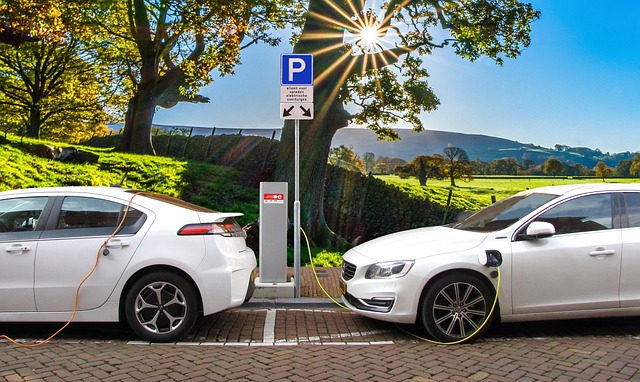
Reducing Ecological Footprint: How Green Technologies and Sustainable Development Combat Microplastic Pollution in Cycling for a Carbon-Neutral Future
In our fast-paced world, cycling has emerged as more than just a mode of transport; it’s a lifestyle choice that brings us closer to nature while promoting a healthier environment. However, as we enjoy the many benefits of cycling, we must also recognize the threats posed by microplastic pollution and our overall ecological footprint. The road to a carbon-neutral future lies in the embrace of green technologies and sustainable development, which can help mitigate these challenges.
The Impact of Microplastic Pollution
Microplastics—tiny plastic particles measuring less than 5mm—have infiltrated almost every aspect of our environment. From our oceans to our soil, these pollutants have made their way into the food chain, posing risks to both wildlife and human health. As cyclists, it’s crucial to understand how our choices contribute to this problem and, more importantly, how we can be part of the solution.
Sustainable Development in Cycling
Sustainable development is about meeting our needs without compromising the ability of future generations to meet theirs. When it comes to cycling, this means advocating for infrastructure that encourages safe cycling routes while promoting the use of eco-friendly materials. Cities can invest in bike lanes made from recycled materials, reducing waste and minimizing our collective ecological footprint. By supporting local businesses that prioritize sustainability, cyclists can contribute to a circular economy that lessens our reliance on microplastics and fossil fuels.
Embracing Green Technologies
Green technologies play a pivotal role in transforming the cycling experience. Innovations such as biodegradable bike components, solar-powered bike-sharing programs, and sustainable manufacturing processes can drastically reduce the environmental impact of cycling. For instance, companies are now producing bike tires made from natural rubber rather than synthetic materials. By choosing bicycles and accessories crafted from sustainable materials, cyclists help diminish the demand for plastic and reduce the prevalence of microplastics in our environment.
Striving for a Carbon-Neutral Future
The journey toward a carbon-neutral future is paved with opportunities for cyclists to lead by example. Riding a bike instead of driving not only cuts down on carbon emissions but also encourages cleaner air and healthier living. As we commit to reducing our carbon footprints, let’s also advocate for policies that support cycling as a primary mode of transportation. Increased investment in cycling-friendly infrastructure not only facilitates a greener lifestyle but also raises awareness about the broader issues of microplastic pollution and environmental preservation.
Join the Movement
As we embrace cycling, let’s engage in conversations about sustainable development and green technologies. By sharing knowledge and experiences with fellow cyclists, we can create a community that actively combats microplastic pollution. Together, we can make more conscious choices, such as supporting brands that focus on sustainability, participating in cleanup events, and encouraging our local governments to invest in greener infrastructure.
Every pedal stroke brings us closer to a world that prioritizes ecological balance and respects the natural environment. As we ride into the future, let’s ensure that our paths are not littered with microplastics but instead are clear, green, and sustainable for generations to come.



